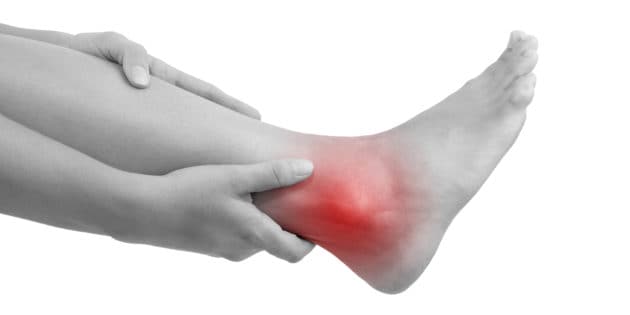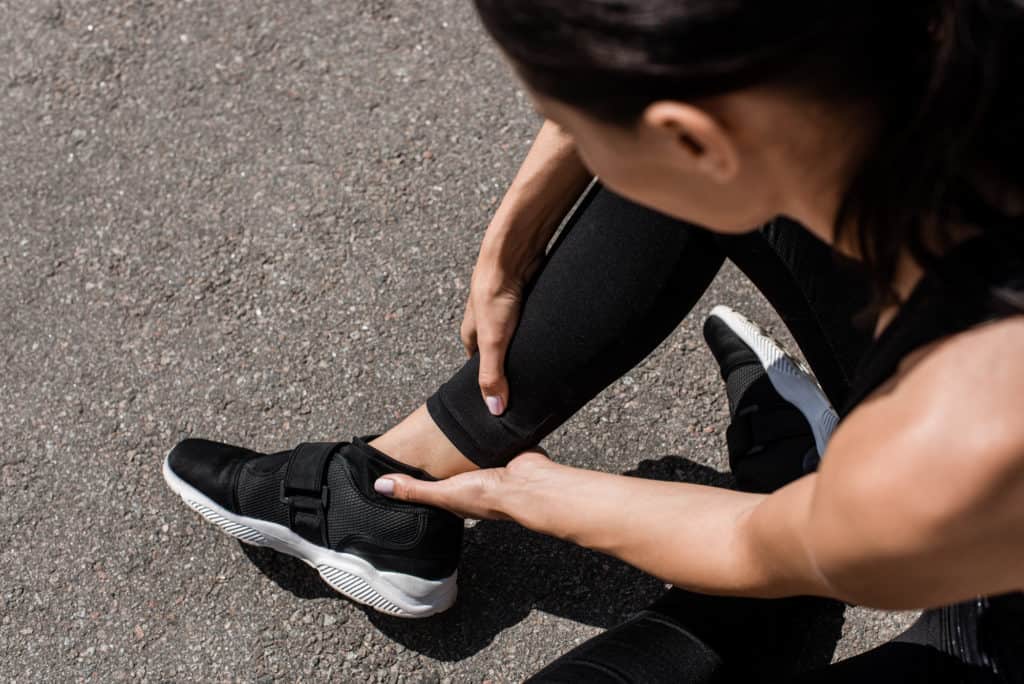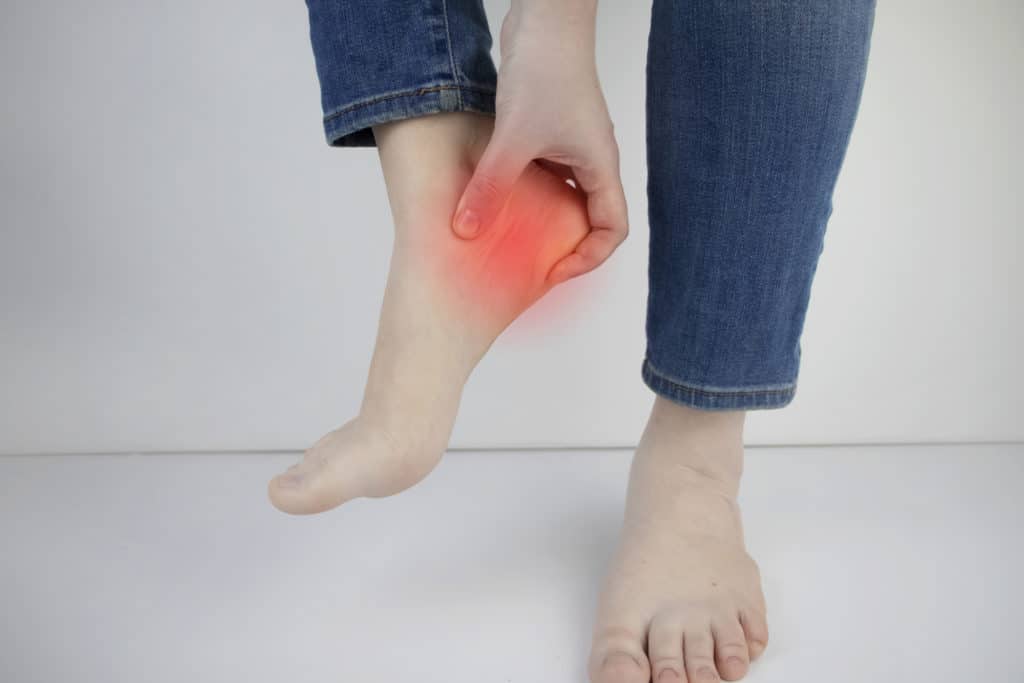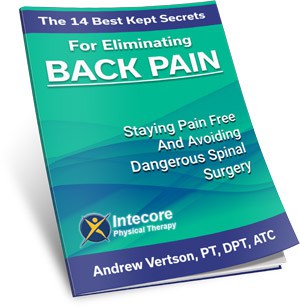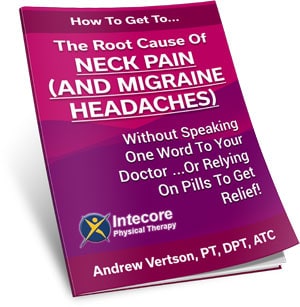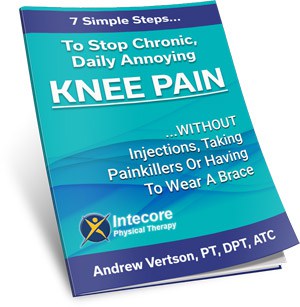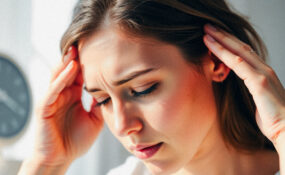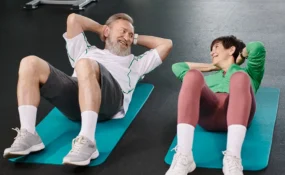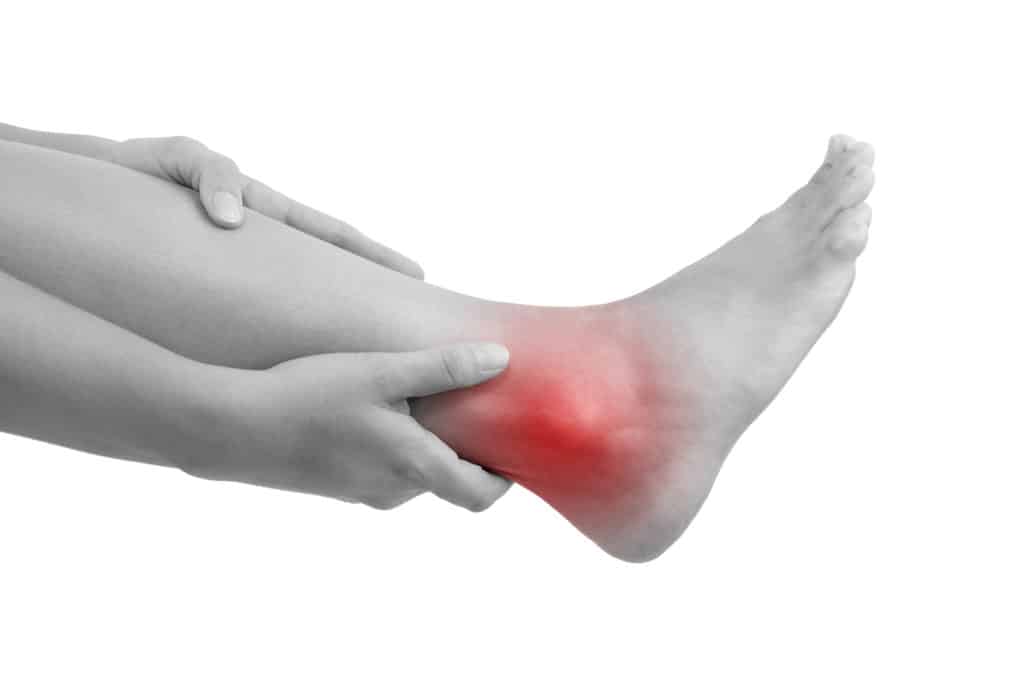
Do you have pain and/or swelling around your ankle that won’t go away?
Does it feel unstable when you walk down the stairs or stiff in the mornings?
Does the swelling stop you from playing sports or make you feel self-conscious?
We define Ankle pain as any discomfort in the ankle region – the part of the body that links the heel to the lower leg.
It usually manifests as pain and swelling in the ankle area. Unfortunately, ankle pain is difficult to escape because even walking and/or standing can trigger the pain before you even think about sports.
We know there are many causes for ankle pain, including strains, sprains, trauma, or wearing heels and ill-fitting footwear.
It may also be because of the natural wear and tear that occurs as we age or due to a medical issue like arthritis. These issues can take some time to resolve fully.
In most cases, ankle pain is due to weak muscles and tendons that we can “cure” with physical therapy. It’s an easy fix.
But the first step is finding the cause.
Do you know what the underlying issue is for you?
If not, we can help you find it.
More Blogs From intecore PT:
Should I Be Worried About My Daily Neck Pain?
What Is Knee Kinesiology, And How Can It Help?
Can My Lower Back Pain Be Cured?
What Causes Ankle Pain?
Some of the other most common causes of ankle pain that we see in the Intecore Physical Therapy clinic include the following:
Twisted Ankle
The most common cause of ankle pain is “twisting your ankle,” where the ligaments of the ankle bone develop a tear from being over-stretched.
This unnatural stretching leads to bruising, swelling, and pain. You can also twist your ankle when your foot rolls backward.
Chronic Lateral Ankle Pain
There are various reasons for lasting pain occurring towards the ankle’s outer side. It could be because of a ligament that became weak after an injury and hasn’t healed properly. This increases the risk of pain and discomfort and the likelihood of developing a stress fracture. But there are many other reasons for pain on the outer side of your ankle, and the treatment is specific to the underlying cause.
Bursitis
The area between the ankle bones and the tendons is filled with bursae and fluid sacs.
These sacs can sometimes develop inflammation due to poor footwear, arthritis, exercising without a proper warm-up, wearing high heels, or just strenuous activity.
The symptoms include swelling, stiffness, and tenderness in the ankle.
Flat Feet
The gap between the ball of the foot and your heel is known as the “arch.” It should have a hollow section that curves upwards in the middle when you’re standing.
However, if it is flat due to genetics, wear, and tear, or injury, it can cause pain and other symptoms in the feet and ankles.
While the condition is painless in most cases, the ankles may develop swelling and pain in some situations.
Rheumatoid Arthritis
Generally, your body’s immunity staves off most germs and infections. But your immune system can start to attack the joints when it gets hyperactive.
This condition is known as rheumatoid arthritis, and in the long turn, it can weaken the ankles.
The symptoms begin with stiffness, swelling, and pain at the front of the foot that gradually moves to the ankle.
Achilles Tendonitis
Any trauma to the area that links the heel to the calf can lead to a tear or rupture in the Achilles tendon. This area above the heel may feel warm to the touch.
There may also be tenderness and swelling at the back of the ankle. This condition can be pronounced after working out or in the mornings.
Achilles tendonitis can take a long time to heal, but physical therapy can help speed up the process and prevent further injury to the tendon.
Achilles Tendinosis
This chronic pain condition occurs due to wear and tear, leading to ankle tissue degeneration. The onset of the condition is gradual and worsens over time.
Some symptoms of Achilles tendinosis include developing a lump or pain in the back of the foot/lower leg near the heel. It may also occur in the center of the Achilles tendon.
Reactive Arthritis
This rare form of arthritis may occur when there is an infection of the urinary tract or an issue relating to the gastrointestinal system. The knees and ankles are where the symptoms usually appear.
The first line of treatment for reactive arthritis is a course of antibiotics to clear the infection, but physical therapy helps to resolve the pain and swelling.
Lupus
This autoimmune disease leads to healthy tissues getting damaged. The symptoms include a buildup of fluids in the joints, including the ankles.
While there still is no cure for the condition, medications can help keep it in check along with physical therapy.
OLT
Osteochondral lesions of the talus, or OLT as it is known in short, happen due to an injury that damages the heel bone (talus).
This can cause soreness, blisters, or even fractures.
In addition, it restricts ankle movement. It can be like wearing an ankle lock and remaining sore for many months after the initial injury. But physical therapy helps to stretch and strengthen the muscles around the ankle.
What Is The Root Cause Cause Of Your Ankle Pain?
To identify the all-important root cause of your ankle pain (you can’t fix anything until you find the cause), we start by analyzing your symptoms and your medical history – looking for clues that lead us back to the underlying cause.
The pain, swelling, and stiffness are just symptoms. In fact, swelling can be a good sign that your body is trying to fix the issue.
But to give your body a helping hand to solve the issue quickly, we need to know what’s going on underneath the hood.
To put this in perspective, if you had a leak in your home, would you focus all your time and energy on the water on the floor or find and stop the leak?
That’s right. We need to go straight to the source of the leak.
So, is it trauma? Wear and tear? Or a medical condition?
A torn ligament, stress fracture, or bone spur?
Once we identify the “leak,” we then conduct a thorough physical examination of your ankle joint to look for swelling, soreness, inflammation, and joint mobility (or, more likely, lack of).
Once we find the cause and analyze your specific symptoms (often within 20 minutes), treatment can begin with an individualized treatment plan tailored to your needs and your symptoms.
How To Fix Ankle Pain
While over-the-counter medications can mask and minimize ankle pain symptoms, they are not a long-term solution.
Sooner or later, when you stop popping the pills, the pain returns (usually with a vengeance).
When that happens, you’re likely to be given even stronger drugs or steroid injections to temporarily reduce the pain and swelling – until they wear off.
Then, your doctor is all out of options, and (as is the case with most of the patients that end up in our office) you’re still in pain even after all that treatment.
Your doctor may also suggest wearing an ankle brace until your condition improves. But although rest can be helpful immediately after an injury, too much rest can be counterproductive.
Plus, without intervention from a physical therapist, you could be laid up in an ankle brace for months, so like medication, an ankle brace is not a long-term solution that will fix your ankle pain for good.
Surgical inserts in your shoes to align your joints or support your foot arch can help, too.
But to fix your ankle pain for good, you need a physical therapist to locate and resolve the root cause.
We find the source of your pain and treat the root cause to reduce pain and swelling, stretch and strengthen the joint and surrounding ligaments and tendons and stop ankle pain in its tracks to prevent it from worsening over time.
Would you like a free 20-minute consultation with an ankle specialist?
When To Seek Medical Attention For Ankle Pain
If the pain in your ankle comes on suddenly after an accident or injury or you have any of the following symptoms, you should seek medical attention:
- There is no improvement in 2-3 weeks
- The pain intensifies, and pain medication is no longer effective
- There has been a change in your skin color to black or blue
- You have non-healing sores
- The ankle swells up suddenly and is tender
- You develop a high fever and the chills
- 7 Ways to Get Rid of Tension Headaches Naturally - July 1, 2025
- Why Are My Feet Swollen? Common Causes Explained - June 2, 2025
- What Is Restless Leg Syndrome? Symptoms, Causes, and Relief Options - May 5, 2025

